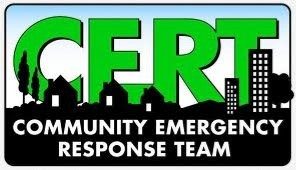Modes of Radio Communications Terminology
Modes of Radio Communications Terminology
Family Radio Service (FRS) – No license required typically ¼ mile range
Citizen Band Radio (CB) – No license required
General Mobile Radio Service (GMRS) – License Required
Amateur Radio (ham radio) – License Required
How Analog Works
Both analog and digital radios send signals over a radio channel using a carrier frequency wave, either Very High Frequency (VHF) or Ultra High Frequency (UHF). In the case of analog radios, the signal is sent via frequency modulation (FM) which encodes a voice signal within the carrier wave. These waves are “sinusoid”, or a continuous wave that has a smooth oscillation. As the voice modulates it alters the frequency of the wave. The receiving radio demodulates this frequency to create an understandable voice message. In this way, analog technology creates an actual representation or “analogy” of the voice. That is really what the term “analog” means.
When it comes to two-way radios, one clear-cut way to hear how analog technology works is to observe how the analog signal degrades as the radio moves further and further away from the transmission point. A typical analog signal will continuously deteriorate as it advances toward its maximum range, until only white noise is heard.
How Digital Works
Digital technology is entirely different from analog technology. Instead of encoding voice signals as representations on a carrier frequency wave, the information is translated into a binary format made up of zeros and ones, where each bit represents two distinct amplitudes. Unlike analog signals, digital signals do not send a smooth, continuous signal but rather the signal will be exact and square because it is transmitted via non-continuous block segments. Because of this technology, digital two-way radios have better voice quality, and will not fade away to white noise when they reach their maximum range. Instead the signal will just drop off.
Wattage (Watts) refers to the amount of power a handheld radio can put out. Most radios run between 0.5 to 5 watts.
Higher wattage means a larger range of communication, and less battery life
For example, a radio running at 1 watt should translate to around a mile of coverage, 2 watts may reach up to a 1.5-mile radius and a 5-watt radio may be able to reach up to 6 miles away.
Radio Channels – Channels are different frequencies within a radio frequency range. Two-way radios can use multiple channels to communicate with different individuals or groups. Each channel has a unique frequency, allowing for communication to occur without interference.
